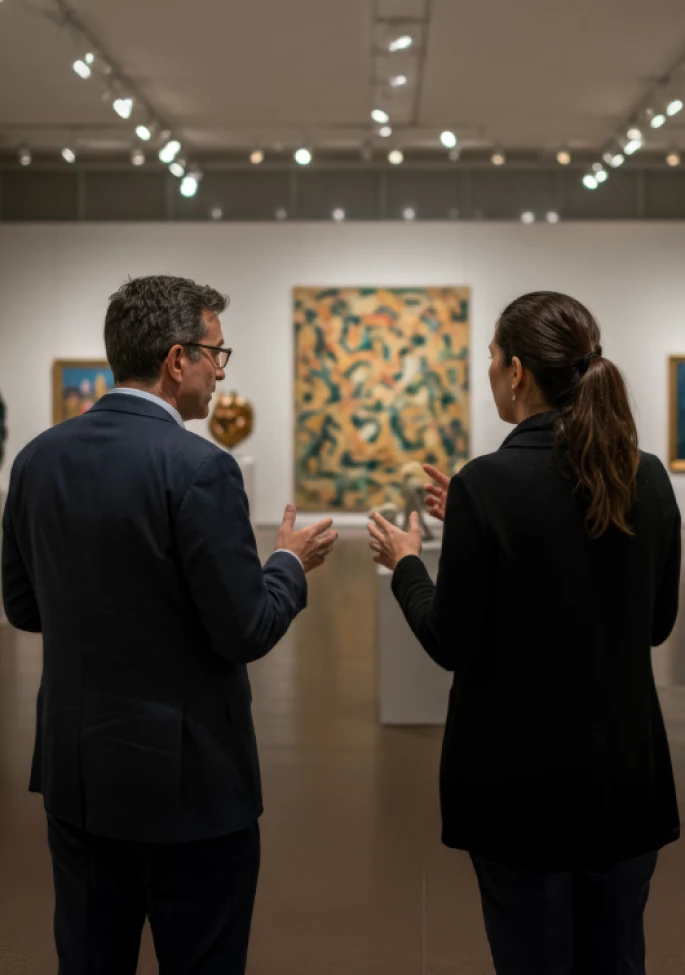Your trial graphics do not live in a vacuum. Their success is based solely on their effectiveness with the audience—your jurors. Of course, no two jurors are exactly alike; their needs and wants are a moving target. So how can our graphics possibly meet the communication expectations of every juror?
One valuable way to address the communicative power of your graphics across the broad spectrum of jurors is to consider jurors within their generational divisions: namely, “Baby Boomers” (the eldest), “Gen X”, “Gen Y” aka “Millennials”, and “Gen Z” (the youngest). As with any social science topic, there are exceptions and overlaps, but these divisions nevertheless offer numerous clues about the behavioral and perceptual differences across generations.
For the purposes of this three-part series, we will discuss the distinct differences—and similarities—between how older and younger generations find and digest information. Then, more importantly, we will delve into what it all means for your trial graphics. Building on this foundational knowledge, you can design graphics that will incorporate the new communication and attention expectations of younger jurors without losing storytelling power among the older members of your panel.
Jurors—Then vs. Now
Baby Boomers
For years, a trial attorney’s most substantial communication concerns involved simply conveying their messages clearly and keeping a jury focused in a general sense. Baby Boomers in particular are adept at—and used to—single, extended interactions or conversations. These jurors might sit in the box thinking about picking up their kids or grabbing groceries afterward, but lawyers were still competing, for the most part, only with a juror’s internal dialogue. Jurors were more attuned to what might be called “Matlock moments,” in which the drama revolved around the attorney’s spoken word.
Generation X
When Gen X came along, information dissemination went through a major period of transition. Gen Xers grew up with television as a household staple, and later, the fledgling worldwide web suddenly exposed them to an enormous and ever-expanding amount of information; with it came email, shorthand text, image-heavy communication outside of TV—well, you get the idea.
While the internet’s breadth, depth, and speed continued to grow exponentially, attorneys began to rely more on images to reach the jury, utilizing PowerPoint slides or other digital graphics in the courtroom. As CSI and its progeny replaced Perry Mason and Matlock, an attorney’s word alone wasn’t good enough; jurors increasingly expected the drama to unfold before their eyes.
Gen Y (aka Millennials) & Gen Z
The natural next step in this developing technological climate, Gens Y (Millennials) and Z can handle an astounding amount of information at once—and from disparate sources with different viewpoints—but often at the expense of a dedicated attention span. These new media users are perpetually enveloped in social media, news media, search engines/information databases, on-demand videos, and streaming services within arm’s reach.
As such, Millennial jurors expect to see mixed media (i.e., text, images, and videos) in trial presentations. Gen Z, however, is powered by video. Their attention spans are even shorter, so visual interest and movement are paramount to holding their focus in the courtroom—think 3D animations, short clips, and unique perspectives (i.e., drone footage).
Visual Communication for Every Generation
Younger jurors are more likely to think they are experts because they can whip out their phones and research any topic imaginable in seconds. In fact, the minute they exit the courtroom, they can check on literally everything: texts, emails, a friend’s social media, a breaking news story, etc. The constant connection not only offers abundant distraction outside of the courtroom, but constant thoughts of that connection are sure to tug on their focus inside the courtroom—and this is on top of that other internal dialogue, which knows no generational boundaries.
Of course, this reality presents a formidable communication challenge. There is just so much information readily available, and in any desired format, that your presentation must somehow entertain and teach younger jurors who are used to customizing their learning experience. Moreover, in response to the staggering amount of information available, people are more than ever communicating in eye-grabbing, bite-sized pieces. Younger jurors have grown accustomed to getting their information in what is essentially headlines. To cut through the noise, each piece must be informative, engaging, and yet tiny. Stylized imagery meshes with stylized text in a battle for the subject’s limited time and attention.
We should note that new media surrounds jurors of all generations. It’s not all that “new” anymore. So, it would be a mistake to assume older generations have not adapted successfully to modern technology; to varying degrees and in varying ways, even Baby Boomers have embraced tablets, smartphones, social media, and bite-sized information. Particularly with the pandemic, older jurors have had to become comfortable with various forms of online/social media. So, while their attention spans are longer than younger jurors, they now have expectations of sophisticated multimedia presentations too.
Up Next
Certainly, with Millennials old enough to comprise a major part of the juror pool and Gen Z not far behind, understanding the nuanced ways in which new media users communicate—and thus can be communicated with—is of immense importance.
In Part 2 of this series, we will cover new media developments affecting jurors’ preferences for visual presentations and review foundational graphic design concepts.
View this article on the National Law Review: Litigation Trial Graphics Affects on Different Juror Generations (natlawreview.com)







